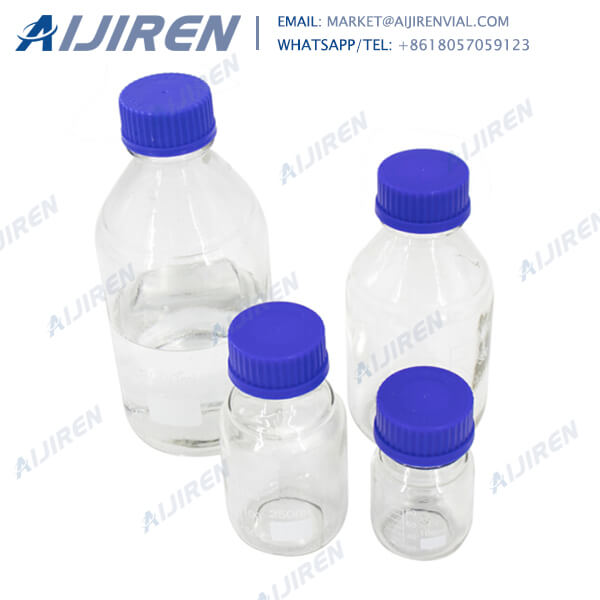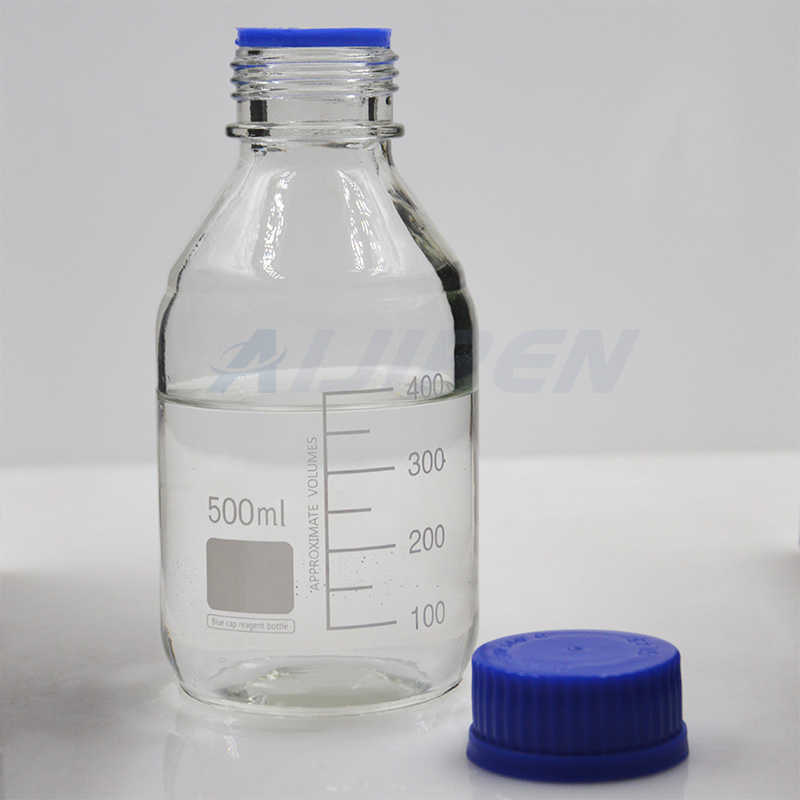Silicone Rubber Septum: Improving Sample Preservation in Soil Science
-
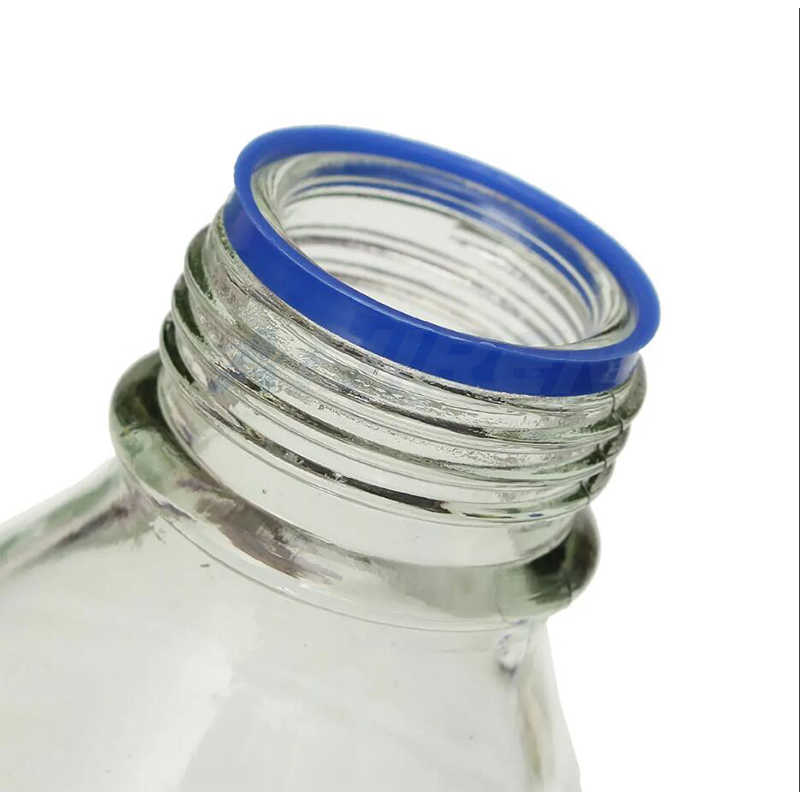
Stoppers, Septum and Closures- Chemglass Life Sciences
Stoppers, Septum and Closures- Chemglass Life Sciences. 1-800-843-1794. Advanced Search. My account. My Favorites. My Cart 0 ITEM (S) Checkout. Log in. About Us.
Get Price -
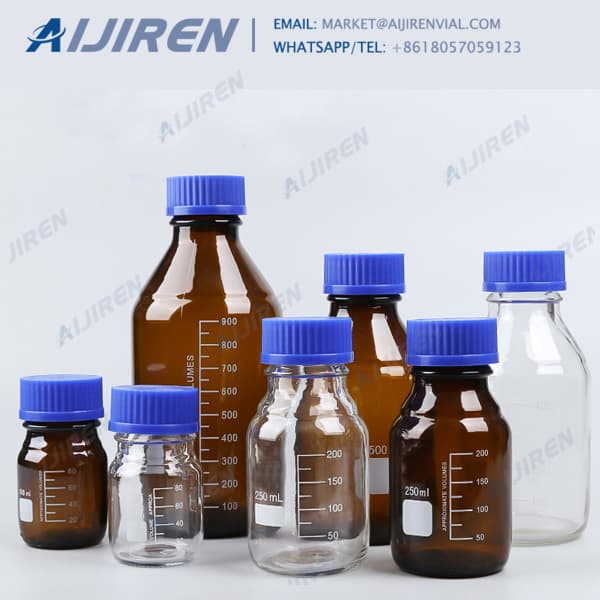
Research on the preparation and thermal stability of silicone
Jul 1, 2022 · How to avoid the damage of silicone rubber molecular chain under high temperature environment became the key to improve the thermal stability of silicone rubber. Inorganic nano additives have been widely used in enhancing the thermal stability of rubber matrices [ 16, 17 ].
Get Price -
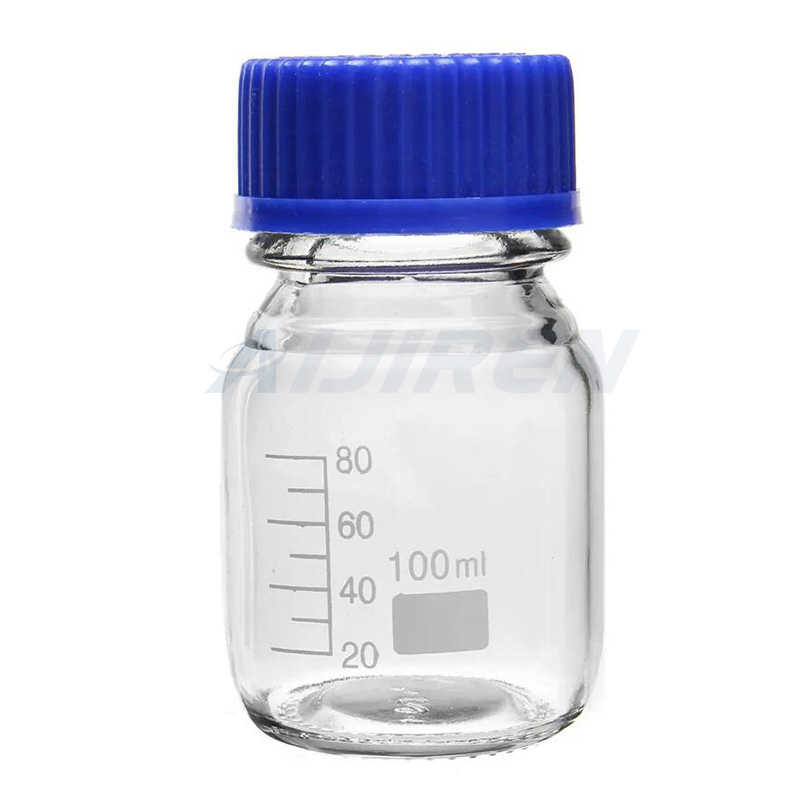
Synthesis of 14C-labelled polystyrene nanoplastics for
Dec 4, 2020 · The vial was sealed with a rubber septum. The headspace inside the flask was then purged with nitrogen for 30 s. The vial was immersed in a silicon oil bath at 70 °C for 5 min, with stirring.
Get Price -
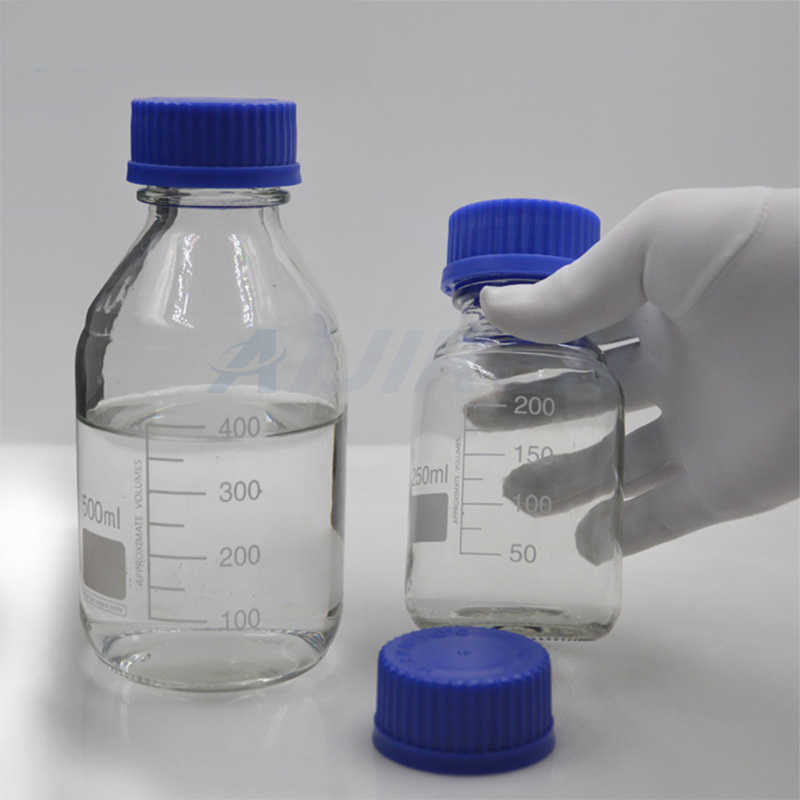
Preservation Technique - an overview | ScienceDirect Topics
Freezing the samples is a common preservation procedure. Samples that cannot be frozen or that do not need to be frozen (with nonvolatile matrix and analytes, or stable at ambient temperature) are usually stored at 0–5° C. Several conditions for sample storage are given in Table 2.4.1. Table 2.4.1.
Get Price -

A Review of Silicon in Soils and Plants and Its Role in US
agricultural lands worldwide. However, very little information has been consolidated on the use of Si specifically for US agriculture. Consequently, the objectives of this review are to provide (1) information on the dynamics of Si in soil, use, and sources; (2) a history and up-to-date documentation on Si-related research in many areas of US production agriculture; and (3) perspectives on Si
Get Price -
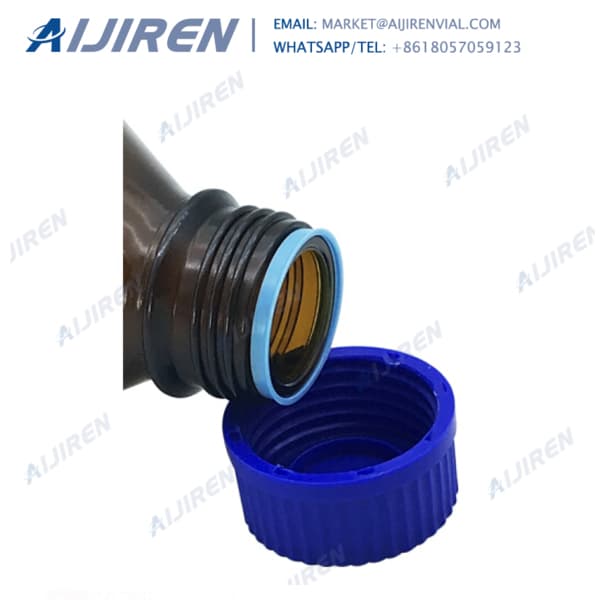
Silicone Rubber - an overview | ScienceDirect Topics
Silicone rubbers have excellent low temperature flexibility combined with outstanding high temperature resistance. Their service temperatures range from −70 °C to 250 °C. 46 Silicone rubbers commonly used in pressure-sensitive adhesives are the dimethylsiloxanes or their phenyl-modified versions, shown in ( 5 ), where R = Me or (up to 25
Get Price -
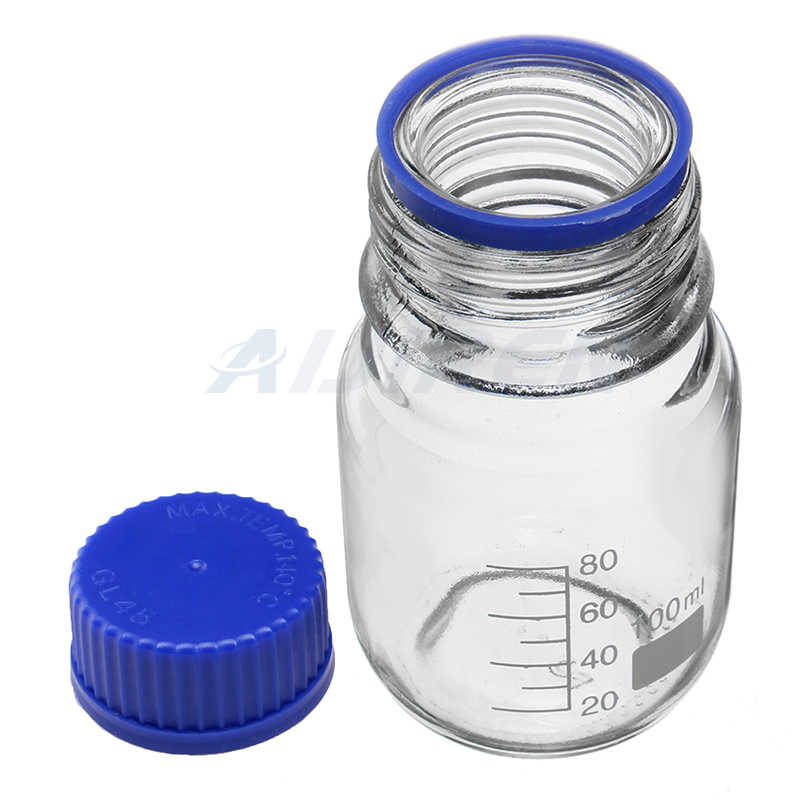
Septum Selection Guide Vials and Closures - Fisher Sci
The silicone elastomer layer is dense but still easily pierced by most headspace sampling needles. Black Rubber Septa: (C4020-40) Black Rubber septa are molded from a higher density rubber compound compared to the standard red rubber. This septum has characteristics similar to the Gray Butyl stopper. The Black Rubber septum is an
Get Price -
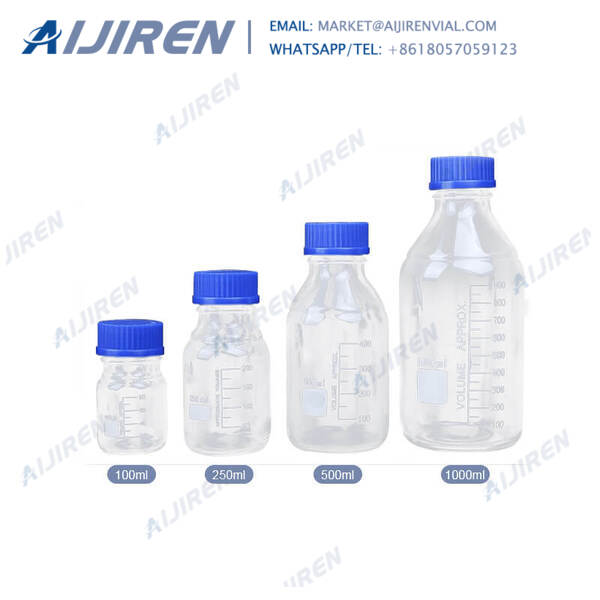
Wide-Mouth Septa Jars - Thermo Fisher Scientific
Catalog number: S320-0060. Apply EPA Volatile Organic Analysis (VOA) soil methods when using Thermo Scientific™ Wide-Mouth Septa Jars. Available as clear or amber Type III soda-lime glass, jars are recommended for EPA Volatile Organic Analysis (VOA) soil methods. Open-top cap is equipped with a pierceable PTFE-faced silicone septum.
Get Price -
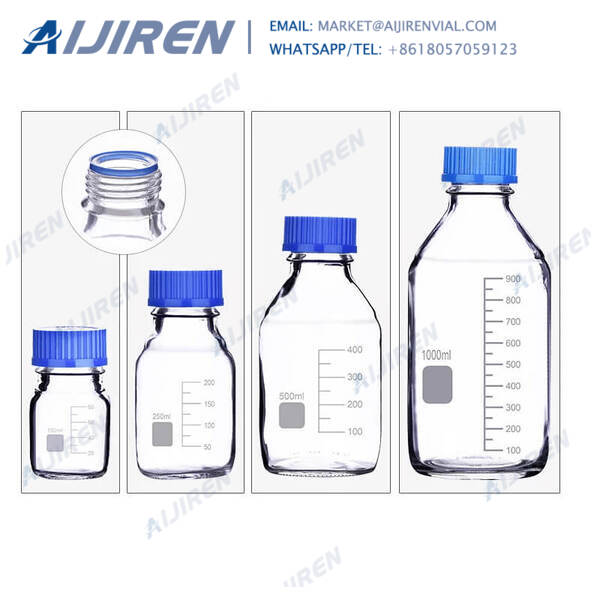
Septum Selection Guide Rev 2 - Fisher Sci
operating temperature range for this septum is from –20 to 125°C. Black Rubber Septa: (C4020-40) Black rubber septa are molded from a higher density rubber compound compared to the standard red rubber. This septum has characteristics similar to the gray butyl stopper with a slightly smaller temperature range of –20 t0 100°C. The
Get Price -
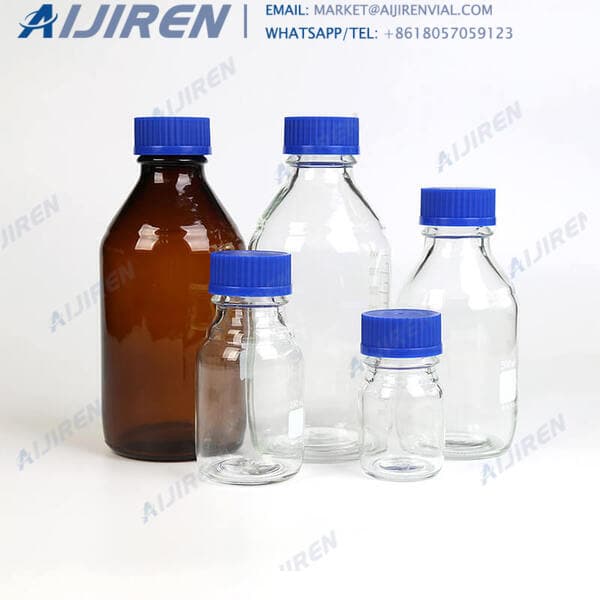
Septa-vials | Sigma-Aldrich - MilliporeSigma
27108. seal diam. 11 mm, red PTFE/silicone/red PTFE septum, silver aluminum seal, pkg of 100 ea
Get Price -

Septa selection guide
The silicone elastomer layer is dense but still easily pierced by most headspace sampling needles. Black rubber septa Black Rubber septa are molded from a higher density rubber compound compared to the standard red rubber. This septum has characteristics similar to the gray butyl stopper. The Black rubber septum is an economical choice for
Get Price -
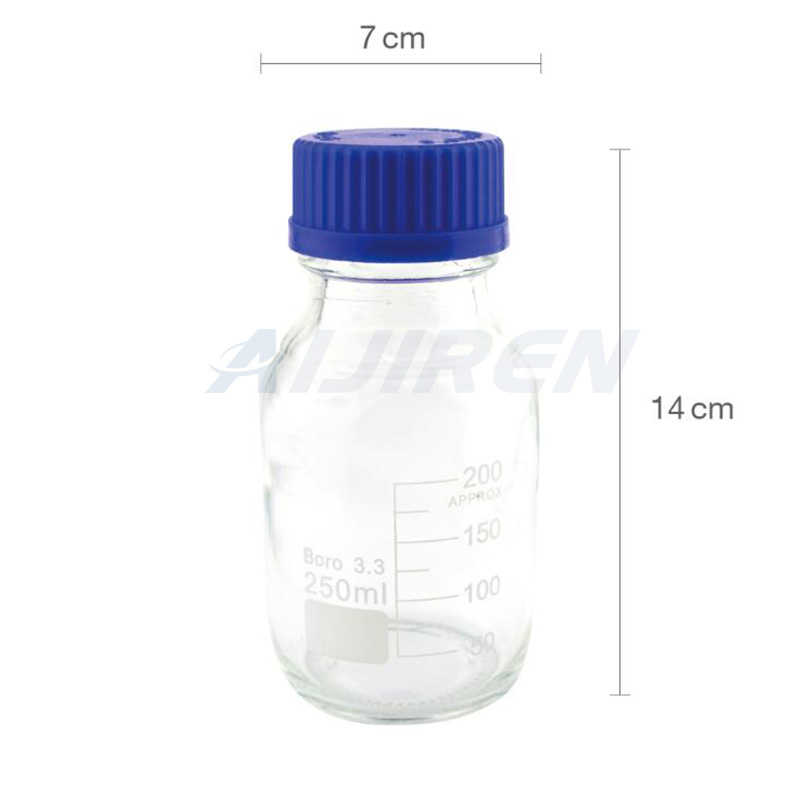
CHAPTER FOUR TABLE OF CONTENTS Section Page 4-1 RECOMMENDED
Dec 11, 2018 · 4.1.2 Sample Handling and Preservation: General Considerations . This following sections deal separately with volatile organic chemicals (VOCs) and semivolatile organic chemicals (SVOCs). Refer to Chapter Two and Table 4-1 of this section for recommended sample containers, sample preservation, and holding time information.
Get Price -
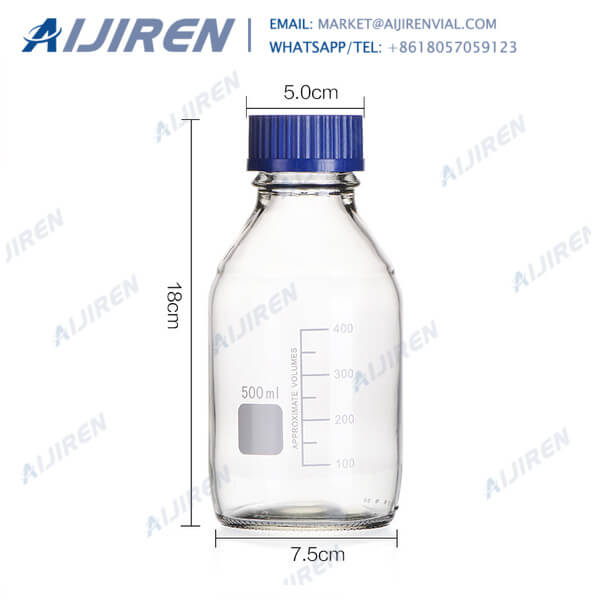
Rubber Septum at Thomas Scientific
Cap number and hole diameter given in listings. Tuf-bond Septa (9711D10 to D45) Thickness: 100 mils Of silicone rubber with PTFE facing 10 mils thick Septa of butyl rubber, silicone rubber or rubber-laminated PTFE are available on special order. Septum diameter indicated in listings. Related Products: Vial Septum.
Get Price -
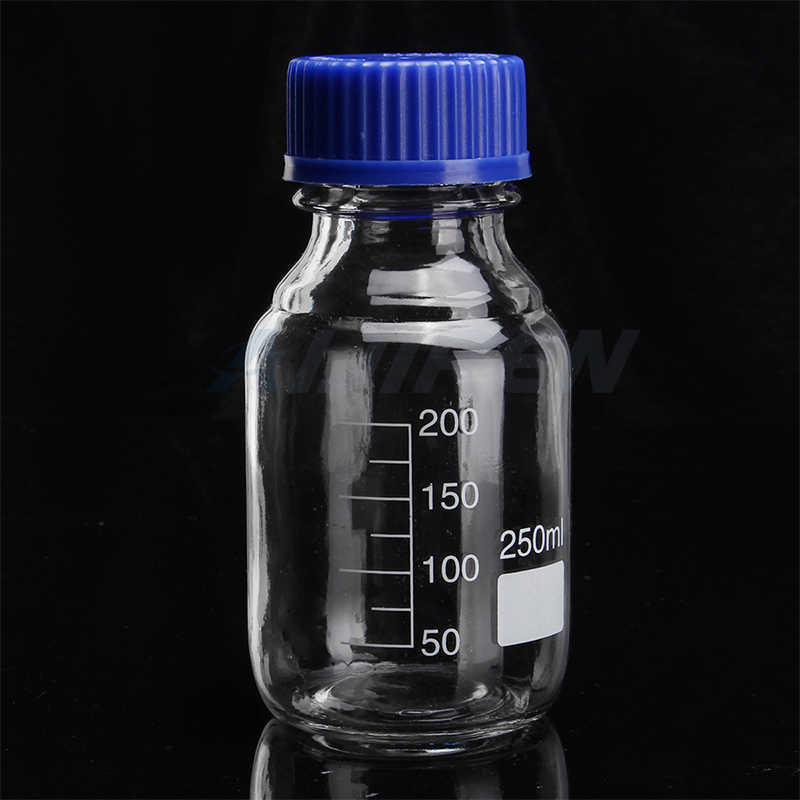
Septa Selection Guide - Thermo Fisher Scientific
Overview Diferent septa material for LC and GC applications There are many diferent types of materials used to produce the septa found in LC and GC vial caps. This document will provide you with the technical guidance you need in order to make the right selection. Choosing the right septa
Get Price -
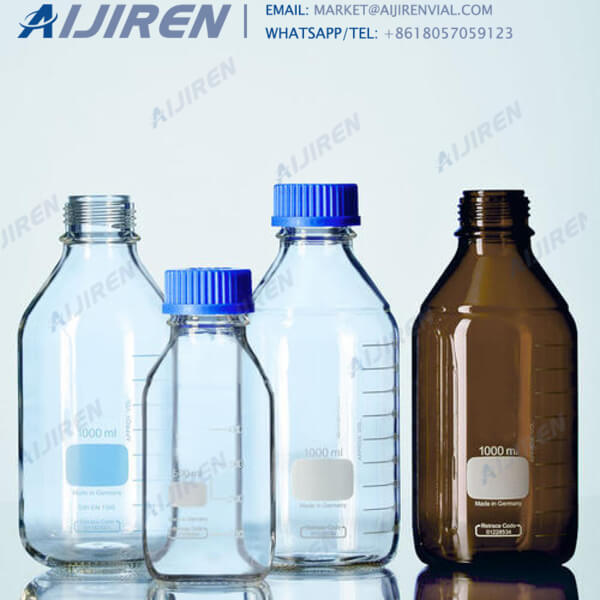
An Aijiren Septum is Not Just a Septum
Septa can be made from a range of materials including PTFE, silicone, red rubber, luoroelastomers, and butyl to name. few. The materials are layered together in one of three options: Choose a material that is as inert as possible to your sample analyte and makeup solvents.
Get Price

